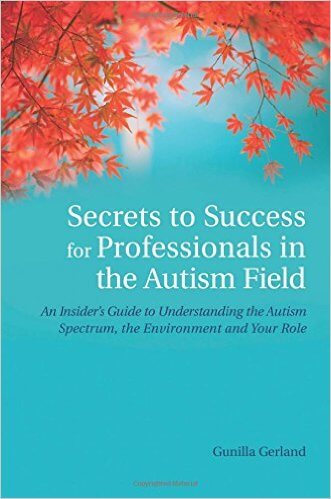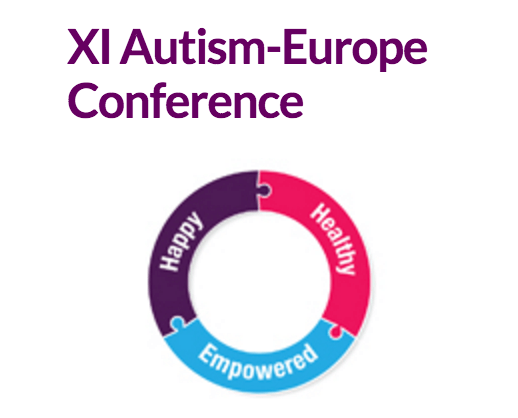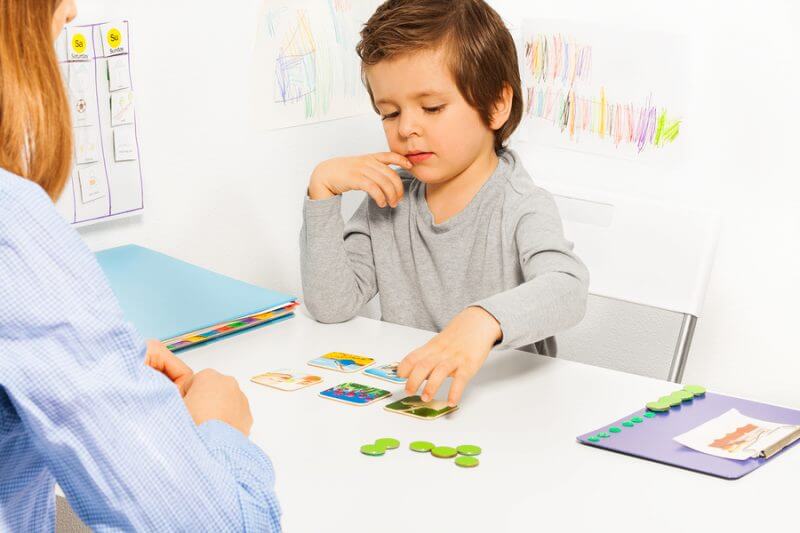Should we insist on eye contact from autistic children?
Making eye contact has been a long debate in the autism community. Eye contact is a necessary skill for navigating social landscapes at work and school. Lack of eye contact is one of the hallmarks of autism, but should we insist on it? Why do children find it difficult to make eye contact? A new study, published in November in…














